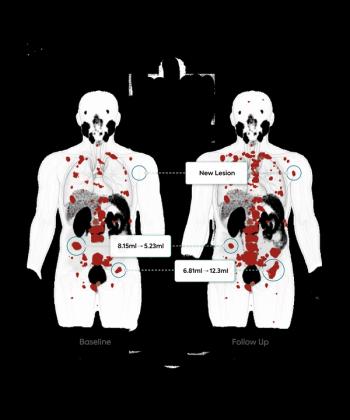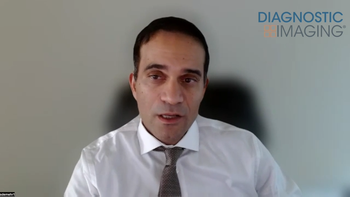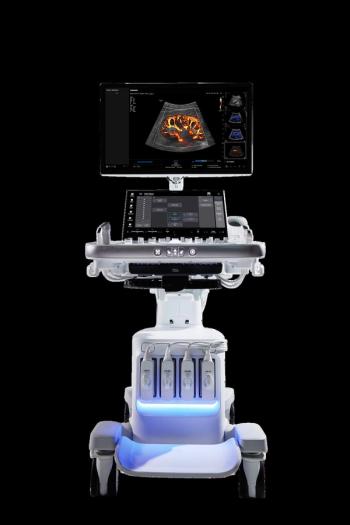
“Safer at Home” Pandemic Order Led to 40-Percent Decline in Imaging Services
Impact felt the most in specialties with high screening rates, least in interventional radiology.
The “Safer at Home” order issued early in the COVID-19 pandemic was intended to help stem the spread of the virus, but it also led to the much-discussed, significant drop-off in imaging services.
According to an e-poster that will be presented during the 2021 ARRS Virtual Annual Meeting, this protective order prompted a reduction in radiology ordering, outpatient consultations, and emergency department visits. The results, presented by investigators from Olive View-UCLA Medical Center, point to a 40-percent decline in radiology orders during the that time period.
“There was a disproportionate impact in the outpatient setting, especially on screening and other non-essential imaging,” wrote Evan Raff, M.D., MHA, patient safety officer for the radiology department, “which mirrors the impact that the order has had on clinical services, as reflected in outpatient consult volumes, with larger declines in specialties with high screening rates, including in gastroenterology, optometry/ophthalmology, and gynecology.”
By reviewing radiology orders, indications, and appropriateness for the studies conducted at Los Angeles County’s Department of Health Services system, Raff pinpointed a 40-percent drop that followed the “Safer at Home” order. In addition, he also found a 67-percent drop in outpatient volumes, a 21-percent decline in emergency department volumes, and a 13-percent reduction in inpatient volumes.
From his analysis, dexa and breast imaging felt the greatest impact with volumes that plummeted by 88 percent and 80 percent, respectively. Body CT and interventional radiology fared better – 29 percent and 26 percent declines, respectively.
His evaluation even unearthed a 44-percent decline in emergency department visits that are typically viewed as urgent and essential.
For more coverage based on industry expert insights and research, subscribe to the Diagnostic Imaging e-Newsletter
Newsletter
Stay at the forefront of radiology with the Diagnostic Imaging newsletter, delivering the latest news, clinical insights, and imaging advancements for today’s radiologists.



























